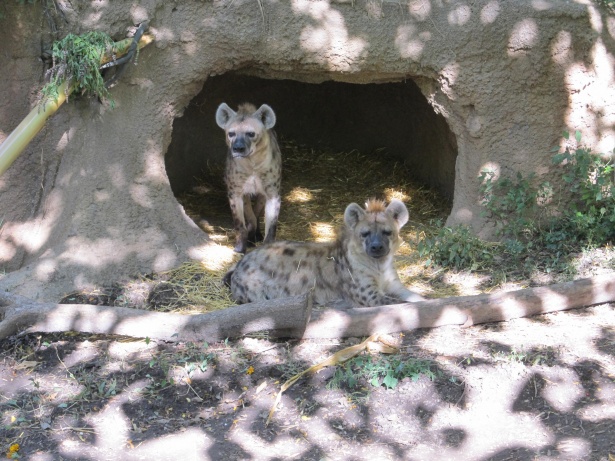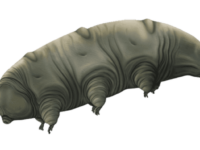In the next decade or two, when adults unpack the lasting impact of their childhood experiences, research on these facetious creatures could be the reason why therapists have such astute insights into the topic.
A 2021 study published in Nature Communications used 28 years of data on wild spotted hyenas’ social habits, genetic composition, and stress hormone concentration. The researchers tested if early-life social experience (encompassing maternal care and interaction with peers) altered genetic material or influenced stress in adulthood. The data was collected by the Maasai Mara Hyena Project in Mara National Reserve in Kenya.
Research on the effect of early social experience on later life stress has been increasing since the 1950s and, thus far, has been supportive of the hypothesis that greater maternal care and increased interaction with peers while young lowers — or is protective against — stress in adulthood.
Besides targeting a new species, what differentiated this study from previous ones was its focus on wild animals instead of those raised or behaviorally manipulated in a lab setting. Hyenas may seem like a random choice of subject, but the species is a near perfect wild analog to humans. Hyenas live in communities, offspring receive maternal care for the hyena equivalent of “childhood” and “teenage” years, they exhibit a diverse range of social behaviors, and have a strict social hierarchy.
Hyenas may seem like a random choice of subject, but the species is a near perfect wild analog to humans.
This study measured spotted hyena offsprings’ social experiences during two sensitive periods of development: the communal den (CD) period, when cubs live in the communal den, and the den-independent (DI) period when they leave to explore the clan’s territory. Hyena offspring interact with other members of their clan and receive nutrition and social support from their mothers during both periods.
For each hyena, researchers mapped out a social network during these periods. They quantified the individual’s degree of centrality (social circle), relationship strength (based on how much time they spend with others), and betweenness centrality (based on how often they were present for interactions between others). Additionally, researchers recorded how much time mothers spent with, nursed, and groomed their cubs. To sense how much stress the hyenas experienced in adulthood, the researchers measured the concentration of fecal glucocorticoid metabolites (fGCMs), a byproduct of the breakdown of the stress hormone corticosterone.
Though the authors’ main hypothesis was that less or worse social experiences in childhood would correspond with greater stress in adulthood, they were also curious if epigenetics mediated this relationship. Investigating the connection between nature and nurture, the increasingly popular subfield of epigenetics explores how chemical or structural changes to the genome — except for changes to the DNA sequence itself — affect cell function, and consequently, the function of entire systems in the body. The researchers quantified global DNA methylation, an epigenetic characterization that is associated with positive health outcomes.
The study showed some results that corroborated those of previous investigations as well as some that did not support the authors’ hypotheses. In alignment with extant research on rodents, humans, and non-human primates, the study found that greater time spent with their mother in the first year of a cub’s life and a larger social circle during the DI period were associated with higher global DNA methylation. Another expected result was that a greater degree of centrality and relationship strength during the DI period was associated with a lower concentration of fGCMs in adulthood. Surprisingly, maternal care and social connectedness during the CD period were not associated with adult stress in any way, and there was no evidence for global DNA methylation mediating the relationship between social experience and stress phenotype in adulthood.
Surprisingly, maternal care and social connectedness during the CD period were not associated with adult stress in any way
The unforeseen results of this study could have been because of the abundance of possible confounding variables like age, sex, maternal social rank, human disturbance, and local prey presence. Although the researchers did try to control for these factors in their data analysis, it is impossible to remove all influence of a confounding variable in the wild. On the other hand, it’s possible spotted hyenas simply react differently to early social experience than rodents and primates. As is often the case, this study might have created more questions than answers.
Perhaps the most striking aspect of this study was its robust data source — the Maasai Mara Hyena Project — which has opened an exciting door to safer and more efficient biosampling and naturalistic observation. Hopefully, this will lead to discoveries about organisms being simultaneously products and architects of our social environments.
Nature Communications (2021). DOI: 10.1038/s41467-021-24583-x
Behavioral Ecology and Sociobiology (2018). DOI: 10.1007/s00265-017-2426-x






